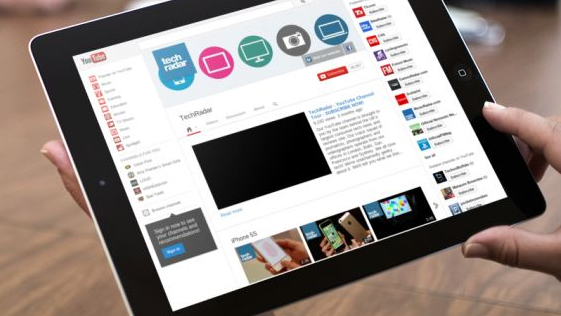
There is no denying that social media has an influence on a whole host of decisions we make in our everyday lives, such as what to what to watch, where to go and inspiring us to get active after seeing friends posts about their daily jog. It stands to reason, therefore, that integrating social media into your video marketing and integrating live streaming directly into social media platforms, if done well, can make a real difference to both engagement and audience figures.
Getting social
More and more of our clients are creating live content, which is streamed directly onto social media sites like Facebook and Google Hangouts. The amount of this content will continue to grow, with social media becoming a central part of many online video projects for a wide range of audiences.
Promotion
A report by Nielsen suggests that social media influences TV viewing decisions, with a surge in viewers for programmes which feature heavily in social media conversations. In the same way, social media can drive audiences to other content, such as live streaming. Even if your video is hosted elsewhere, social media is an invaluable tool for making your audience and their network aware of your video. If you have compelling content or competitions around that video, you will likely get more engagement, shares and likes.
Make the journey simpler
By integrating a webcast onto a social media platform rather than asking viewers to go to a different website to watch it, you can make the proposition, and therefore the user journey, a lot simpler. For example you can say to the user, "You are currently on Facebook, would you like to watch this?" rather than asking them to go somewhere else to engage. This shorter, simpler user journey leads to a more engaged and longer viewing user. In the last year all of the content we have streamed over Facebook has had a viewing time in excess of 21 minutes.
Multi-device availability
It is clear that content is typically being consumed on a plethora of devices. Indeed, it is important to remember that not only can recommendation be a powerful tool to drive traffic through social, but it also fundamentally changes the type of devices used to view the content. Viewers who find content through Twitter for example are much more likely to want to view the content on a mobile device because that is how they are viewing the tweet.
By making the streams and applications work on as many devices as possible you allow an audience who on their mobile devices to view and interact via those same devices. This encourages sharing with friends and so expands the range and audience for the stream. A well promoted Twitter event can have a third of its audience viewing on mobile compared to an average of around 10 per cent for an event not promoted through social.
An active audience
Of course, one of the big advantages of live streaming is that you can engage and interact with your audience, making the experience much more compelling. We have found that the audience is more likely to ask questions, take part in polls and generally interact when watch a social stream.
Are you a pro? Subscribe to our newsletter
Sign up to the TechRadar Pro newsletter to get all the top news, opinion, features and guidance your business needs to succeed!
If harnessed correctly, the information gathered from the audience can be used to better shape the content of the programme. Content that changes based on polls or answers to viewer questions makes the audience more engaged, which in turn generates a better response and creates a virtuous circle.
Measuring the success
The success or failure of a live stream must be based around solid metrics and a clear understanding of what the value is in doing the event. This can be comprised of a whole range of factors such as viewing times, number of viewers, number of interactions, change in viewer opinions and direct sales post live stream.
However, there are additional metrics social media can provide that would not otherwise be possible, such as number of retweets, number of likes and number of shares. These, in some cases, are as valid as the number of viewers - and in some cases more so, as they can help build an audience to which further content can be marketed. The key questions should always be ‘what do we want them to do next?’ and ‘how do we measure that they have?’
The companies and agencies that will truly succeed in their use of live video content on social media will be those that understand how the user wants to be engaged and uses both media to facilitate that interaction. They will also be those companies that respond to audience feedback and tailor the content to their requirements on the fly. Get this right and the rewards can be significant, with an engaged audience rewarding those providing the content.
- Jake Ward is business development director at Groovy Gecko.